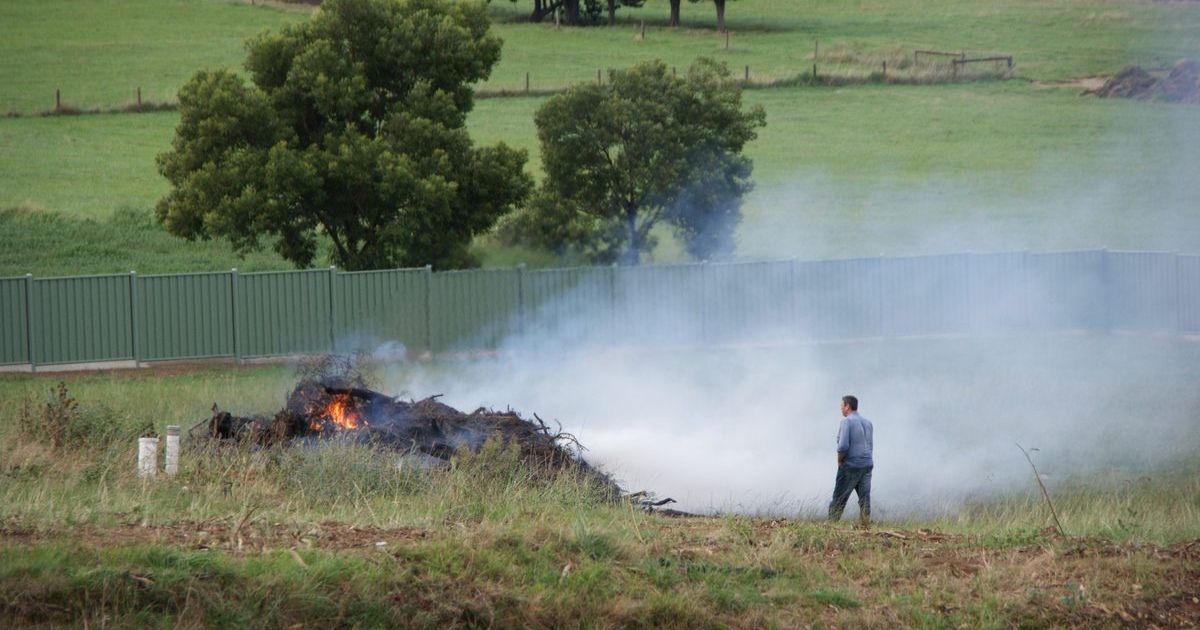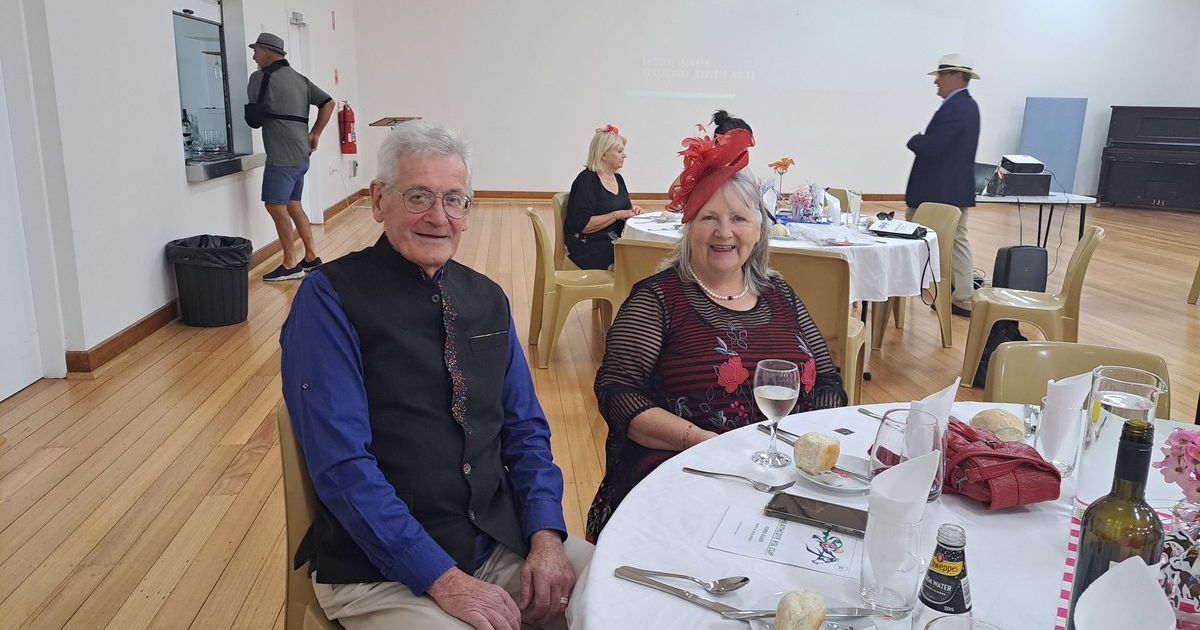Back to Heathcote 1925
THE King’s Birthday long weekend sees many people travel to the district for Heathcote on Show.
But while the modern wine industry has heightened public awareness of the region, visitor influx is nothing new.
There were several events that drew crowds in previous decades, including Back to Heathcote over Easter in 1925.
“Back to” celebrations featured on the calendars of numerous Australian towns in the decade following the First World War.
The devastation and loss experienced by small communities after so many of their citizens perished on the battlefields of Europe helped foster a desire for renewed social connectivity.
A tireless committee of volunteers spent months refining a varied and detailed program in the lead-up to the 1925 Heathcote gathering.
On 15 April, a lengthy report headed Wonderful Celebration, Brilliant “Back to Heathcote” Carnival, 1,500 Visitors Enjoy Music, Mirth and Gaiety appeared in the McIvor Times.
“Everything favoured the holding of the Back to Heathcote celebrations this week, and the wildest dreams of its originators were exceeded by the wonderful success achieved,” it read.
“After months of organising and planning for the great event, the time was reached with everything arranged down to the smallest detail with the result that every chance of failure was precluded.
“When the curtain rose on the opening scenes on Good Friday morning, the town presented a gay appearance with its lines of bunting and signs of welcome waving in the brilliant sunshine of a beautiful autumn day. “When the special train from Melbourne steamed in, with its engine gaily decorated and bearing the welcome sign Back to Heathcote, hundreds of residents of the town and district, with rows of cars, were waiting to extend the hand of welcome.
“Quite 520 travelled on this train, and never perhaps has the Heathcote station witnessed such a scene with such numbers of people inside and outside the platform.”

It went on to describe many of the weekend’s activities.
“The attraction on Good Friday afternoon was a cricket match in the Barrack Reserve, and though only a hastily arranged one so far as the competing teams were concerned, the presence of the Naval Band made the outing an enjoyable one for the large crowd,” it read.
“Here the first opportunity was given for old and present members to renew associations and call to mind old scenes of bygone days, and judging from the amount of handshaking and laughter we felt convinced that days gone by were ‘the good old days.’
“At night a concert was held in the Shire Hall, at which a number of local people and visitors gave items that were appreciated and the Naval Band selections that were received with applause.”
The Naval Band continued to be busy over the remainder of the Easter weekend.
On Saturday they played at Costerfield, where there was a tour of then-defunct gold and antimony mines, and then at a back-to-school event at Argyle, on the southern side of town, where the crowd was described as “immense.”
They had the night off and many no doubt took the opportunity to watch either a live show at the Shire Hall or a film on the bowling green.
By Sunday afternoon they were back in uniform after church with “a fine programme of sacred and other music” at Barrack Reserve.
The Annual Hospital Fete was on Easter Monday and the McIvor Times lauded it as the “premier event of the whole series of celebrations.”
And the tireless musicians from the Naval Band were again on deck, heading the formal procession to the showgrounds.
Here crowds were entertained by a variety of competitions including wood chopping, cycling and whippet racing.
More than £300 was raised for the hospital, which is equivalent to about $29,000 today.
Tuesday saw another back-to-school function and the opening of Heathcote’s new Higher Elementary School building, now part of Heathcote Primary School.

This was followed by a horticultural show on Wednesday and horse races on Thursday.
The accompanying editorial did not hold back in its praise.
“Heathcote has made history; it has achieved the great idea of its residents, and its name has been raised in many places where before it lay unheeded,” the editor wrote.
“It has risen Phoenix-like from the dead ashes of the past, and it has obtained its one great opportunity in an existence of 70 years.”


















